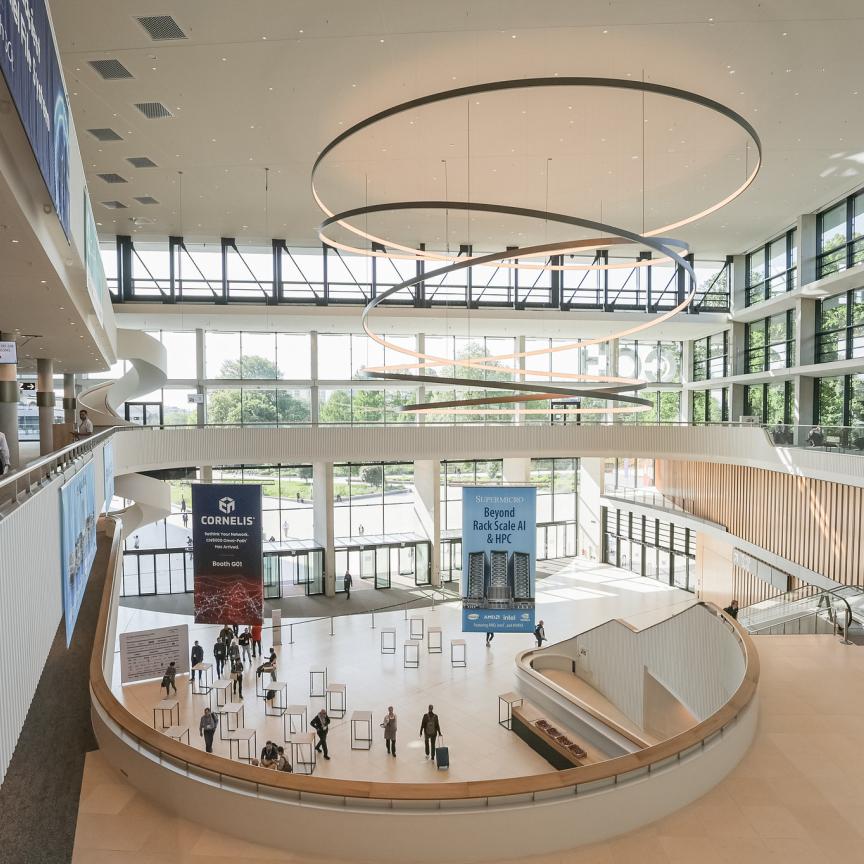The Stanford Center of Computational Earth and Environmental Science (CEES), Lawrence Berkeley National Laboratory (LBNL), and Oak Ridge National Laboratory (ORNL) have selected Convey Computer's HC-1 computers for use in scientific research. All three scientific groups are using the HC-1 to explore the application of reconfigurable computing technology to challenging computing problems, including bioinformatics, security and discrete event simulation.
Scientists at Stanford's CEES will be using the Convey HC-1 to develop new seismic-imaging and reservoir-simulation algorithms for modern computer architectures as part of a new research consortium, the Stanford Earth Sciences Algorithms and Architectures Initiative. Among other critical objectives, the project is designed to evaluate modern HPC architectures for applied Earth Sciences algorithms.
'High performance computing has entered a period of rapid change that brings opportunities for huge performance gains,' said Dr Biondo Biondi, co-director of the Stanford Exploration Project and one of the Initiative's principal investigators. 'Convey's hybrid-core computing shows promise of achieving impressive performance using high-level programming languages and standard programming environment. We are looking forward to working with and testing this innovative system.'
At LBNL, a team of researchers will use the HC-1 system to accelerate simulations of new computer architectures to model climate change at high resolutions. The Berkeley group also is studying the application of the HC-1 system to solving challenging bioinformatics problems, such as graph theoretical calculations required for gene cluster analyses.
'Energy efficiency has become a first-order design constraint for future systems. We really don’t see the current path of scaling up conventional hardware as sustainable either in terms of the initial hardware cost or the price of powering such systems over its lifetime,' said Dr John Shalf, head of LBNL's Science-Driven Systems Architecture team. 'The HC-1 presents an intriguing alternative approach to achieving energy-efficient computing using an architecture that can adapt to the requirements of the science problem.'
Scientists at ORNL will use Convey's HC-1 for a variety of mission-critical programs. These proposed programs range from nuclear energy, climate modelling to new energy-efficient, extreme-scale computing systems to support open science and other areas supporting the nation's security and infrastructure.
'We chose the HC-1 as a lead development platform for many of the elements expected to take us into the next decade in focused performance, power-efficient systems and productivity of proposed future systems. The system is designed to have a very modular suite of reconfigurable components allowing the HC-1 system(s) to act as specialised components of an overall larger design. We will be able to evaluate new algorithms, optimise old algorithms and design new systems and architectures from the first principles point of view. The HC-1 will be an integrated part of the newly formed Hybrid Multi-Core Consortium,' said Dr Jeffrey Nichols, associate laboratory director for Computing and Computational Sciences at Oak Ridge National Laboratory.

